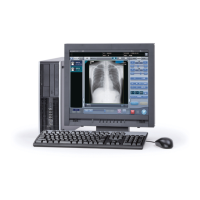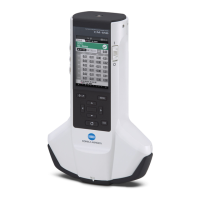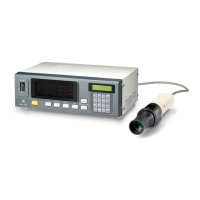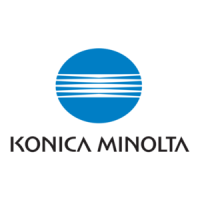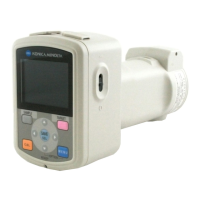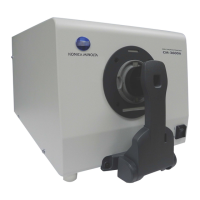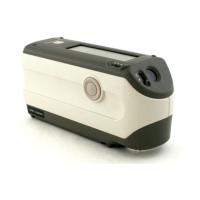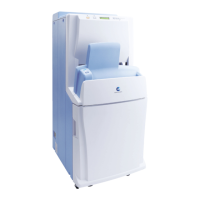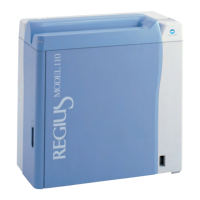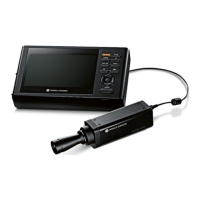2
Notes on Use
z
This is a precision instrument, and
should be handled with due care.
z
Read through this manual before powering
up this instrument for the first time.
z
Always set the power switch to OFF
position (the "O" side) before attaching
or removing the receptor head.
z
To conserve batteries, keep the power
switch set to the OFF position while
the instrument is not in use.
z
Take care to keep the receptor window
clean and free of scratches. Keep the
cap on when the window is not in use.
z
Do not press or push on the display, or subject
the display to impacts or other excessive forces.
z
This instrument is designed for use at
ambient temperature between -10 and 40°C
at relative humidity no higher than 85% (at
35°C). Please do not use this instrument
in environments outside this range.
z
Keep in mind that the instrument may
become considerably hotter than the
surrounding environment if left under direct
sunlight or near a heater or other such
device. Exercise due care when using the
instrument in these types of locations.
z
The receptor of T-10A or mini receptor
of T-10MA is not compatible with
existing model T-10 or T-10M.
z
Use a commercially available 10Base-T network
cable (category 5 straight cable). The cable
can be extended up to 50 meters. Using a
cross cable will disable the instrument and may
cause malfunction of the connected system.
z
If you use the T-10MA and move the
cable connecting the main body to the
receptor head during measurement, the
displayed value may fluctuate. In particular
when measuring low illuminance, take
care not to allow the cable to move.
z
Use an insulated fastener when the T-10MA
receptor window or the receptor head code
connecting plug is to be attached using a
faster. When the T-10MA receptor window
or the receptor head code connecting plug
is in contact with metals or other materials
that conduct electricity, it may not be possible
to get correct measurement values.
z
Since the instrument uses a microcomputer,
strong external magnetic noise may cause
malfunction.
In this case, remove the batteries (or AC
adapter) and then install them (or connect the
AC adapter) again to turn the power ON.
z
Do not use this instrument at altitudes above
2000 meters (6560 ft).
z
This instrument is intended for use in Installation
(Overvoltage) Category II. Be sure to use
the specified power source when powering
this instrument from an AC adapter.
z
This instrument is a Pollution degree
II product. Avoid use in environments
where the instrument may be exposed
to metallic dust or condensation.
How to Clean
z
If the instrument gets dirty, wipe it with
a dry cloth or silicon cloth. Never use
solvents such as thinner and benzene.
z
If the receptor window gets very dirty,
wipe it gently with a soft dry cloth. If the
dirt cannot be removed or the receptor
window is scratched, contact the nearest
Konica Minolta authorized service facility.
z
In cases of malfunction, do not disassemble
the CL-200A or attempt to repair it
yourself. Contact the nearest Konica
Minolta-authorized service facility.
How to Store
z
This instrument should be stored at
temperatures of between -20 and 55 °C at
85% or less relative humidity (at 35 °C). Do not
store this instrument in hot and humid areas
or areas where condensation is likely to occur.
For protection, this instrument should be stored
at normal temperatures with a drying agent.
z
Do not leave the instrument near the
rear window or inside the trunk of a car.
Under strong sunlight, the increase in
temperature can be extreme and may
result in breakdown or deformation.
z
If you are not going to use the instrument
for 2 or more weeks, remove the
batteries from the instrument. Failure to
do so may cause leakage of electrolyte,
resulting in damage to the instrument.
z
Do not wind accessory cables and/or
receptor head codes (for T-10MA) around the
instrument. Doing so may exert excessive
force on cable/code connections and/
or plugs, resulting in disconnection.
Disposal Method
z
When disposing of used batteries,
insulate the terminals with insulating tape
etc. If the terminals of the battery come
into contact with metal objects, heat
generation, explosion or fire may result.
z
Make sure that the T-10MA, its accessories
and used batteries are either disposed
of or recycled correctly in accordance
with local laws and regulations.
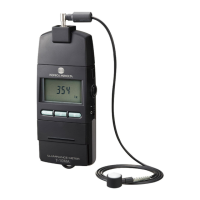
